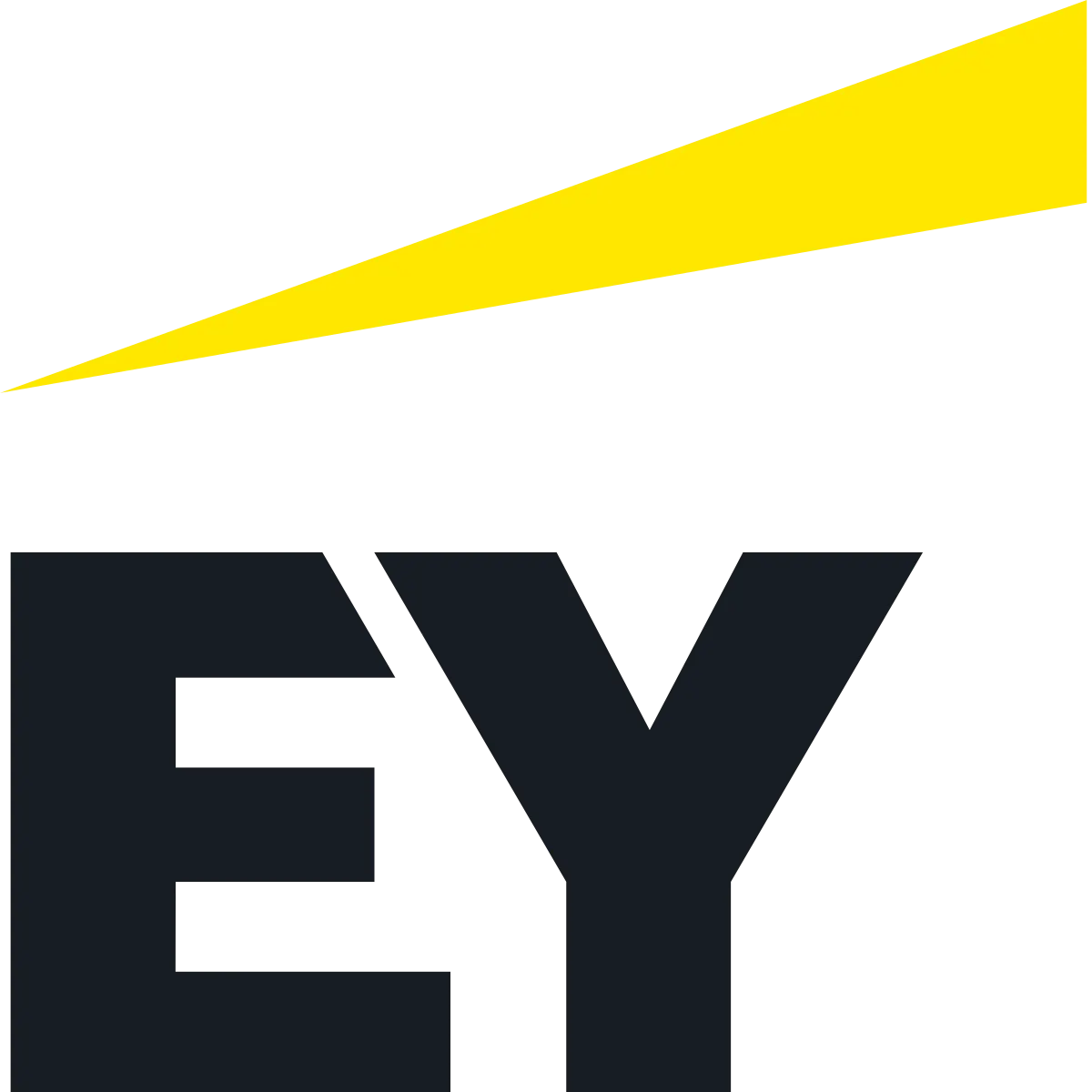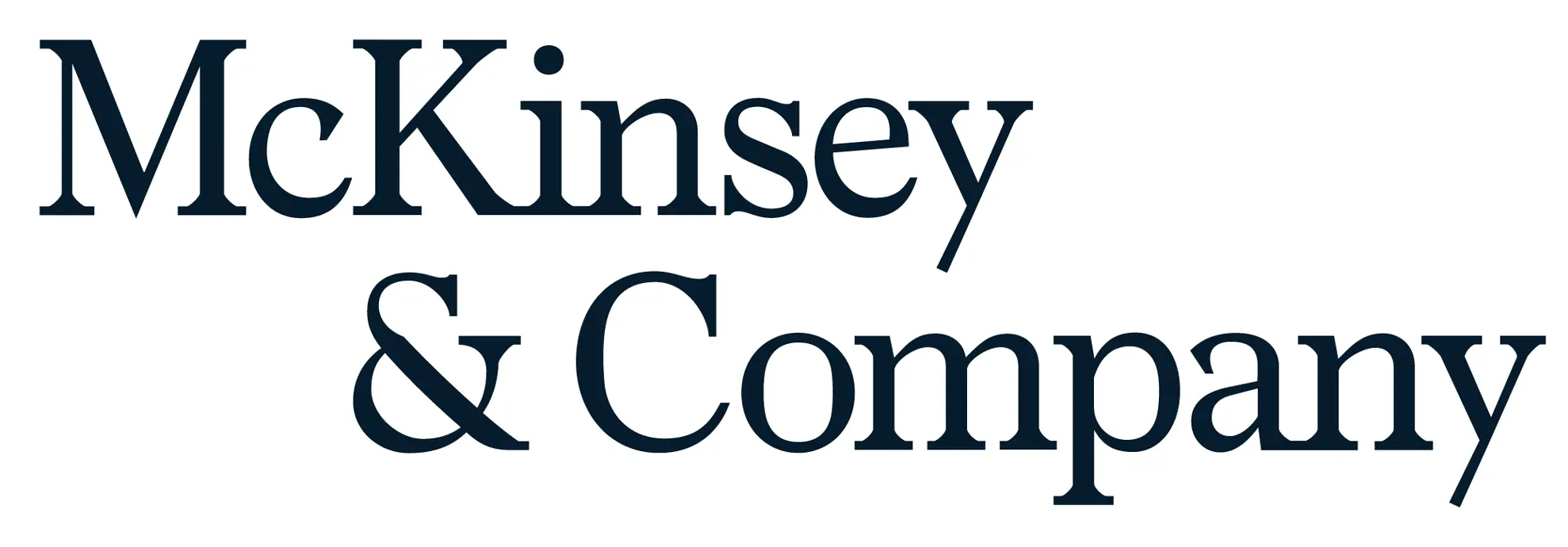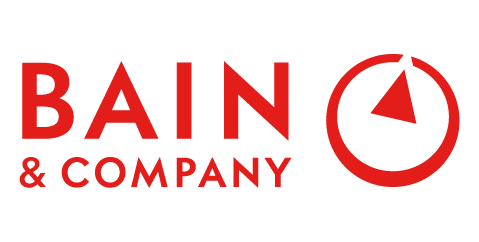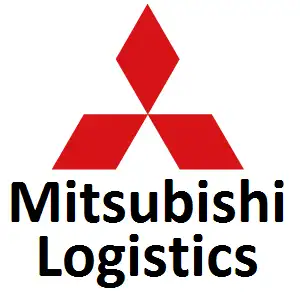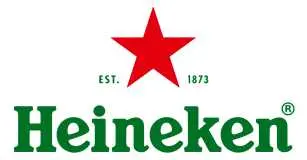
Automotive Smart Display Market Trends, Growth, Size, Share, Revenue and Future Outlook
Automotive Smart Display Market Growth, Trends, Analysis, Size- By Size, By Display Technology, By Application, By Vehicle Class- Regional Outlook, Competitive Strategies and Segment Forecast to 2033
| Published: Aug-2024 | Report ID: AMIN24187 | Pages: 1 - 232 | Formats*: |
| Category : Automotive & Transportation | |||
- January 2024: At the Consumer Electronics Show (CES) 2024, LG Display debuted a series of revolutionary car displays. The largest display currently in use is a 57-inch pillar-to-pillar (P2P) LCD, which spans the dashboard from the left side of the driver's seat to the right side of the front passenger seat, according to the manufacturer.
- July 2023: LG Display Co. declared that it will supply Hyundai Motor Co.'s luxury brand Genesis with its organic light-emitting diode (OLED) car display for the integrated dashboard entertainment system of its new GV80 model. With its panoramic display that combines panels for the infotainment system, navigation, and dashboard, the 2024 GV80 facelift model of the luxury SUV will be equipped with LG's 27-inch OLED screen.
- June 2023: At the Mobility Tech Expo, Continental AG debuted a few of their planned automobile exhibits. Technology advancements made by the business resulted in broader screen central displays on windscreens that could show all relevant information and had local dimming capabilities, as well as scenic view head-up displays. Additionally, according to the business, its displays feature face authentication.
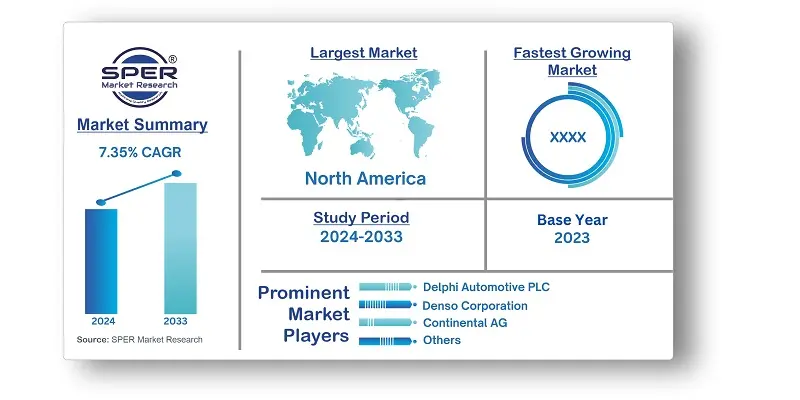
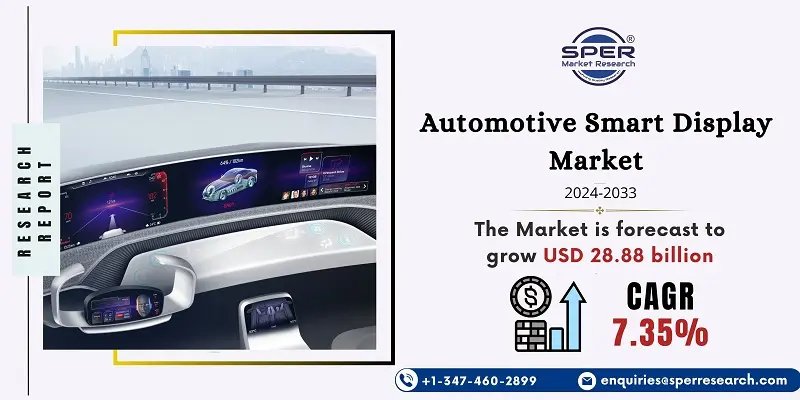
| Report Metric | Details |
| Market size available for years | 2020-2033 |
| Base year considered | 2023 |
| Forecast period | 2024-2033 |
| Segments covered | By Size, By Display Technology, By Application, By Vehicle Class |
| Regions covered | North America, Asia-Pacific, Latin America, Middle East & Africa and Europe. |
| Companies Covered | Continental AG, Delphi Automotive PLC, Denso Corporation, Hyundai Mobis, Japan Display Inc, LG Display Co Ltd, Magna International Inc, Nippon Seiki Co Ltd, Robert Bosch GmbH. |
- Automobile Manufacturers
- Automotive Suppliers and Component Manufacturers
- Tech and Electronics Companies
- Consumers of Luxury and Premium Vehicles
- Fleet Operators and Commercial Vehicle Owners
- Automotive Aftermarket Companies
- Automotive Dealerships
- Automotive Design and Engineering Firms
- Technology and Innovation Enthusiasts
- Government and Regulatory Bodies
| By Size: | |
| By Display Technology: | |
| By Application: | |
| By Vehicle Class: |
- Global Automotive Smart Display Market Size (FY’2024-FY’2033)
- Overview of Global Automotive Smart Display Market
- Segmentation of Global Automotive Smart Display Market by Size (Up to 5, 5 to 10 and Above 10)
- Segmentation of Global Automotive Smart Display Market by Display Technology (LCD, TFT-LCD, LED)
- Segmentation of Global Automotive Smart Display Market by Application (Digital Instrument Cluster, Center Infotainment, Head-up Display, Rear Seat Entertainment)
- Segmentation of Global Automotive Smart Display Market by Vehicle Class (Standard-segment, Mid-segment, Luxury)
- Statistical Snap of Global Automotive Smart Display Market
- Expansion Analysis of Global Automotive Smart Display Market
- Problems and Obstacles in Global Automotive Smart Display Market
- Competitive Landscape in the Global Automotive Smart Display Market
- Impact of COVID-19 and Demonetization on Global Automotive Smart Display Market
- Details on Current Investment in Global Automotive Smart Display Market
- Competitive Analysis of Global Automotive Smart Display Market
- Prominent Players in the Global Automotive Smart Display Market
- SWOT Analysis of Global Automotive Smart Display Market
- Global Automotive Smart Display Market Future Outlook and Projections (FY’2024-FY’2033)
- Recommendations from Analyst
1.1. Scope of the report1.2. Market segment analysis
2.1. Research data source
2.1.1. Secondary Data2.1.2. Primary Data2.1.3. SPER’s internal database2.1.4. Premium insight from KOL’s
2.2. Market size estimation
2.2.1. Top-down and Bottom-up approach
2.3. Data triangulation
4.1. Driver, Restraint, Opportunity and Challenges analysis
4.1.1. Drivers4.1.2. Restraints4.1.3. Opportunities4.1.4. Challenges
4.2. COVID-19 Impacts of the Global Automotive Smart Display Market.
5.1. SWOT Analysis
5.1.1. Strengths5.1.2. Weaknesses5.1.3. Opportunities5.1.4. Threats
5.2. PESTEL Analysis
5.2.1. Political Landscape5.2.2. Economic Landscape5.2.3. Social Landscape5.2.4. Technological Landscape5.2.5. Environmental Landscape5.2.6. Legal Landscape
5.3. PORTER’s Five Forces
5.3.1. Bargaining power of suppliers5.3.2. Bargaining power of buyers5.3.3. Threat of Substitute5.3.4. Threat of new entrant5.3.5. Competitive rivalry
5.4. Heat Map Analysis
6.1. Global Automotive Smart Display Market Manufacturing Base Distribution, Sales Area, Product Type6.2. Mergers & Acquisitions, Partnerships, Product Launch, and Collaboration in Global Automotive Smart Display Market
7.1. Global Automotive Smart Display Market Size, Share and Forecast, By Size, 2020-20267.2. Global Automotive Smart Display Market Size, Share and Forecast, By Size, 2027-20337.3. Up to 57.4. 5 to 107.5. Above 10
8.1. Global Automotive Smart Display Market Size, Share and Forecast, By Display Technology, 2020-20268.2. Global Automotive Smart Display Market Size, Share and Forecast, By Display Technology, 2027-20338.3. LCD8.4. TFT-LCD8.5. LED
9.1. Global Automotive Smart Display Market Size, Share and Forecast, By Application, 2020-20269.2. Global Automotive Smart Display Market Size, Share and Forecast, By Application, 2027-20339.3. Digital Instrument Cluster9.4. Center Infotainment9.5. Head-up Display9.6. Rear Seat Entertainment
10.1. Global Automotive Smart Display Market Size, Share and Forecast, By Vehicle Class, 2020-202610.2. Global Automotive Smart Display Market Size, Share and Forecast, By Vehicle Class, 2027-203310.3. Standard-segment10.4. Mid-segment10.5. Luxury
11.1. Global Automotive Smart Display Market Size and Market Share
12.1. Global Automotive Smart Display Market Size and Market Share By Region (2020-2026)12.2. Global Automotive Smart Display Market Size and Market Share By Region (2027-2033)12.3. Asia-Pacific
12.3.1. Australia12.3.2. China12.3.3. India12.3.4. Japan12.3.5. South Korea12.3.6. Rest of Asia-Pacific
12.4. Europe
12.4.1. France12.4.2. Germany12.4.3. Italy12.4.4. Spain12.4.5. United Kingdom12.4.6. Rest of Europe
12.5. Middle East and Africa
12.5.1. Kingdom of Saudi Arabia12.5.2. United Arab Emirates12.5.3. Qatar12.5.4. South Africa12.5.5. Egypt12.5.6. Morocco12.5.7. Nigeria12.5.8. Rest of Middle-East and Africa
12.6. North America
12.6.1. Canada12.6.2. Mexico12.6.3. United States
12.7. Latin America
12.7.1. Argentina12.7.2. Brazil12.7.3. Rest of Latin America
13.1. CONTINENTAL AG
13.1.1. Company details13.1.2. Financial outlook13.1.3. Product summary13.1.4. Recent developments
13.2. DELPHI AUTOMOTIVE PLC
13.2.1. Company details13.2.2. Financial outlook13.2.3. Product summary13.2.4. Recent developments
13.3. DENSO CORPORATION
13.3.1. Company details13.3.2. Financial outlook13.3.3. Product summary13.3.4. Recent developments
13.4. HYUNDAI MOBIS
13.4.1. Company details13.4.2. Financial outlook13.4.3. Product summary13.4.4. Recent developments
13.5. JAPAN DISPLAY INC
13.5.1. Company details13.5.2. Financial outlook13.5.3. Product summary13.5.4. Recent developments
13.6. LG DISPLAY CO LTD
13.6.1. Company details13.6.2. Financial outlook13.6.3. Product summary13.6.4. Recent developments
13.7. MAGNA INTERNATIONAL INC
13.7.1. Company details13.7.2. Financial outlook13.7.3. Product summary13.7.4. Recent developments
13.8. NIPPON SEIKI CO LTD
13.8.1. Company details13.8.2. Financial outlook13.8.3. Product summary13.8.4. Recent developments
13.9. ROBERT BOSCH GMBH
13.9.1. Company details13.9.2. Financial outlook13.9.3. Product summary13.9.4. Recent developments
13.10. Others
SPER Market Research’s methodology uses great emphasis on primary research to ensure that the market intelligence insights are up to date, reliable and accurate. Primary interviews are done with players involved in each phase of a supply chain to analyze the market forecasting. The secondary research method is used to help you fully understand how the future markets and the spending patterns look likes.
The report is based on in-depth qualitative and quantitative analysis of the Product Market. The quantitative analysis involves the application of various projection and sampling techniques. The qualitative analysis involves primary interviews, surveys, and vendor briefings. The data gathered as a result of these processes are validated through experts opinion. Our research methodology entails an ideal mixture of primary and secondary initiatives.
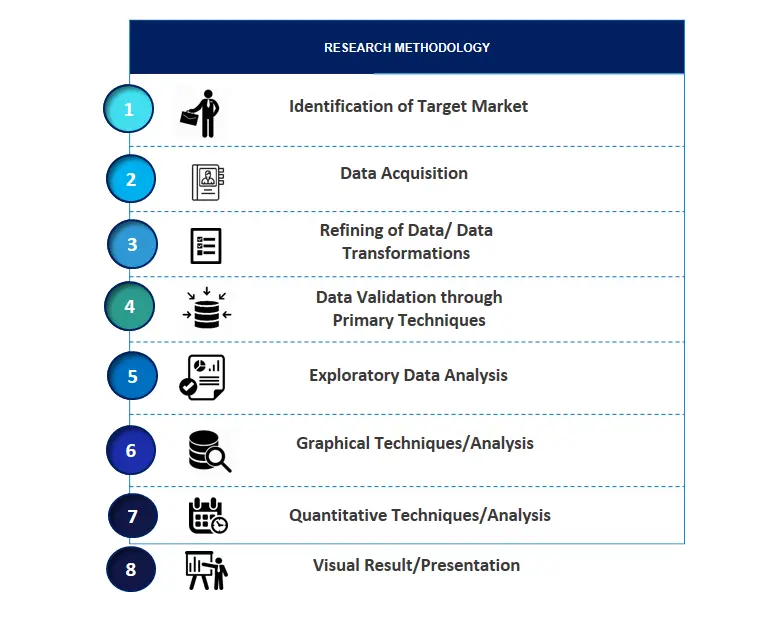
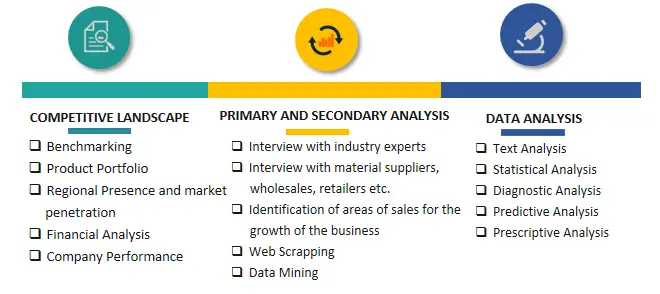

Frequently Asked Questions About This Report
PLACE AN ORDER
Year End Discount
Sample Report
Pre-Purchase Inquiry
NEED CUSTOMIZATION?
Request CustomizationCALL OR EMAIL US
100% Secure Payment



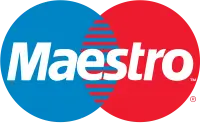


Related Reports
Our Global Clients
Our data-driven insights have influenced the strategy of 200+ reputed companies across the globe.





